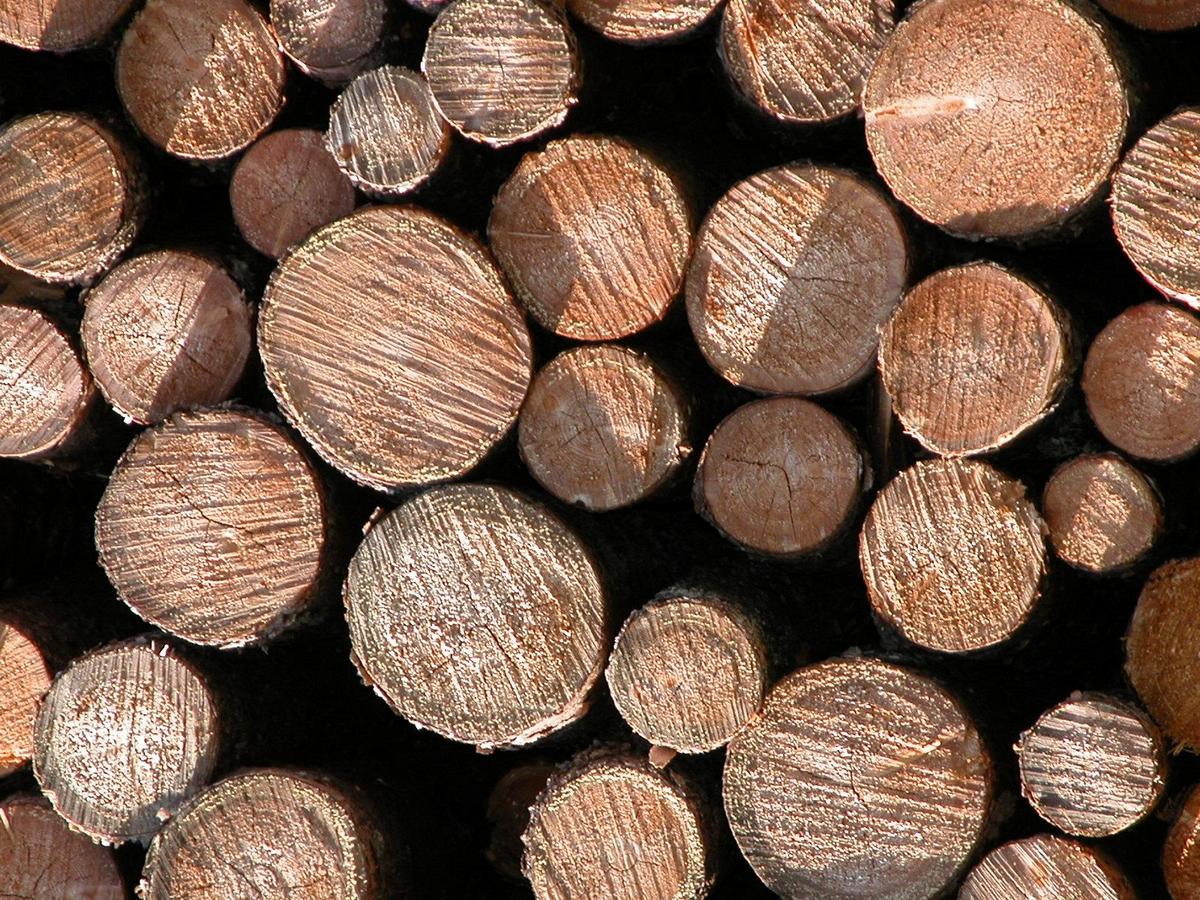Wood bridges have great advantages with improved inspection techniques
Brian Brashaw recalls being under a wooden bridge years ago and seeing the cross beam squish down about four inches when a big gravel truck passed over it. You couldn't tell from the outside, but the inside of that important bridge beam was rotted. Therein — literally — lies the problem.
Wood is a traditional material for building bridges with a lot of benefits — it's renewable, sequesters carbon and can be rapidly installed using local manufacturers. Timber bridges are especially prevalent in rural areas and Minnesota has more than 2,000 with wooden support structures and/or decking material. But water, insects, cracking and minimal maintenance can wreak havoc on bridge structures — and that havoc is not always apparent.
"The biggest areas of decay are because water is not getting off the bridge deck very well," Brashaw, NRRI Wood Program director noted. "Railings connections are an area of concern and snow plows also cause a lot of damage."
The Minnesota Department of Transportation needed better wood bridge inspection techniques. To meet this need, Brashaw teamed up with the U.S. Forest Service, Iowa State University and HDR Engineering. This summer they launched a field manual called "Advanced Timber Bridge Inspection" and took it on the road around Minnesota with new technologies to train state and county inspectors. About 100 participants came to the workshops, including Scott Theisen, a fracture critical bridge inspector for the state of Minnesota.
"This will give us more tools to do better, more in-depth inspections," said Theisen. "With the availability of new tools and the training, we'll be able to quantify deterioration much better than we have in the past."
One thing won't change — inspectors will still start with a visual inspection and their trusty hammer, tapping the wood to hear the hollow sound of rot. But a notation after the "sounding" technique will only read "good" or "bad" and will miss the decay present in thick beams and posts. The new technologies include stress wave timers and resistance microdrills that can identify more exactly the percentage of deterioration without damaging the wood further.
One commercial stress wave timer comes from Hungary. It measures the speed of stress waves initiated by striking the timber or with ultrasonic pulses. The stress waves travel faster in sound, high quality wood and slower in deteriorated wood.
"Just tap it in, get three time readings and away you go," Brashaw told the workshop group. "It's fast and effective."
The resistance microdrill was developed in the late 1980s for arborists and tree care professionals to evaluate the condition of urban trees. What makes it effective for timber bridge inspection is the super-thin, flat-tipped drill bit — just 1/8 inch at its largest — so that damage to the timber is minimal. The bit travels through the timber at a defined rate that signals the exact location and extent of the damaged area. Of course, decayed wood and internal voids have little to no resistance to the drill bit.
Theisen said he's grateful for the new techniques and plans to put them to use as soon as he gets the new tools.
"The data will make it better for the folks doing structural analysis and load ratings," he added. "We've never had a bridge failure on any bridge we've inspected, which I'm happy to say."
Brashaw noted that there are examples of well-designed and maintained timber bridges in Minnesota that are upwards of 70 years old. "Timber bridges have a future in Minnesota, and this project helps engineers and inspectors understand them better," he added.
This project is funded by the Minnesota Local Road Research Board and the Iowa Highway Research Board.
Causes of timber bridge decay:
- Poor drainage from bridge deck
- Freeze/thaw of ice
- Debris floating down river
- Vehicle or plow impacts
